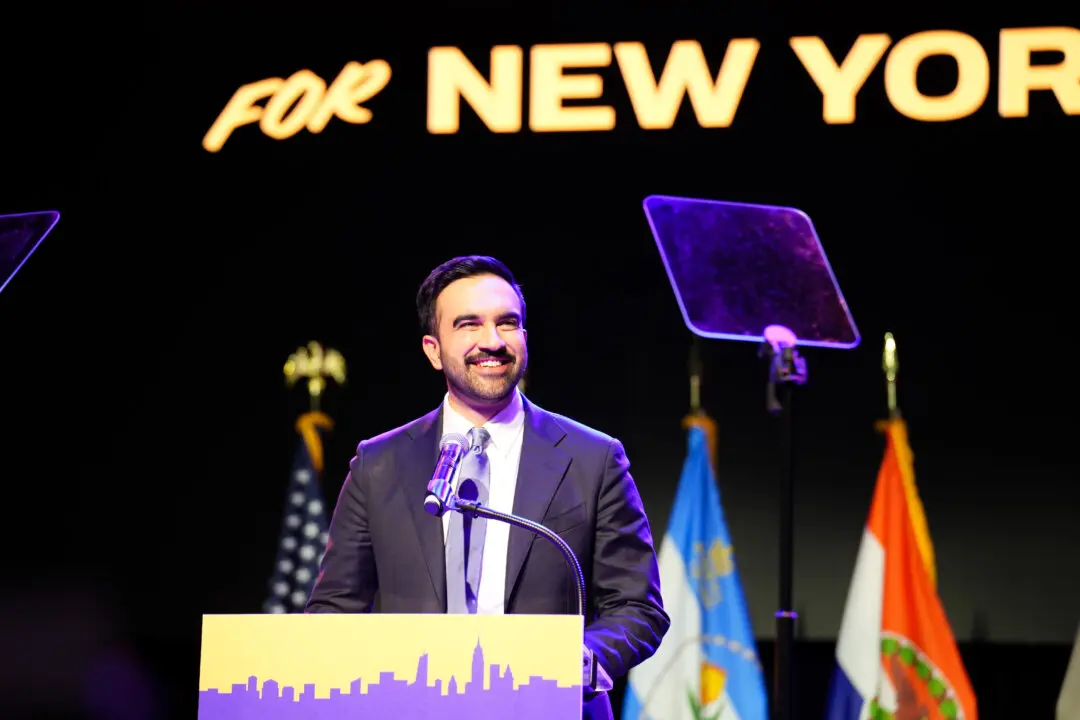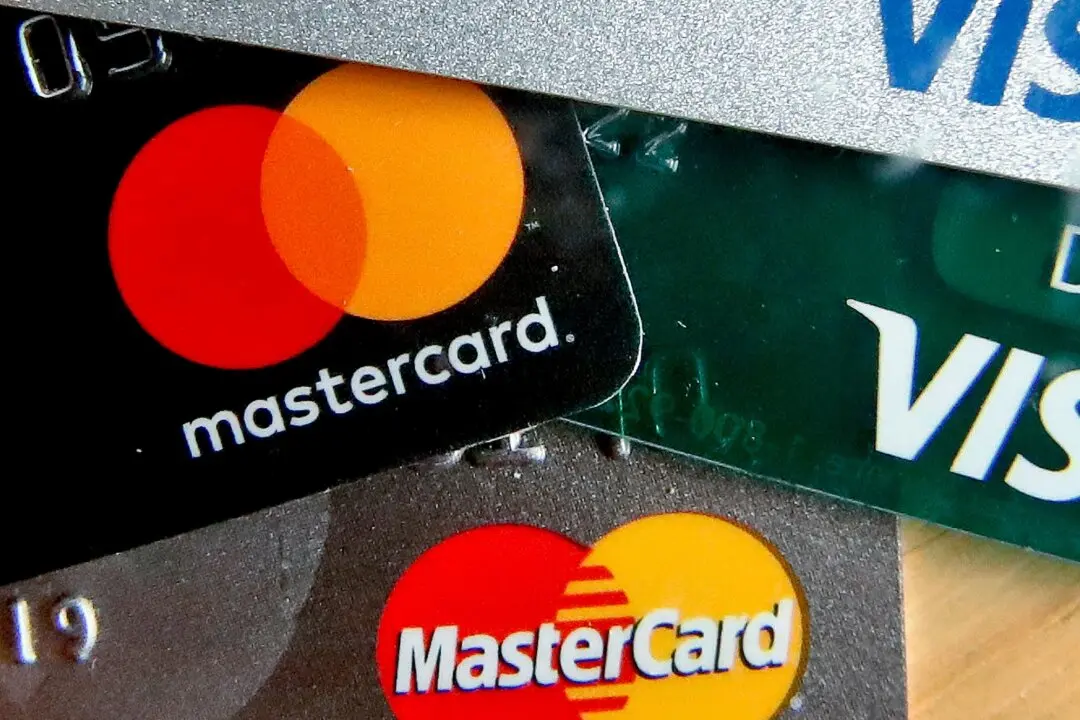Bank of America has announced a surge of applications for small business emergency funding under the $2.2 trillion virus relief bill, according to a report.
The commercial lender was cited by CNBC on Monday as confirming it received over 178,000 applications worth almost $33 billion, about 9.4 percent of the total available in the $349 billion Paycheck Protection Program.





